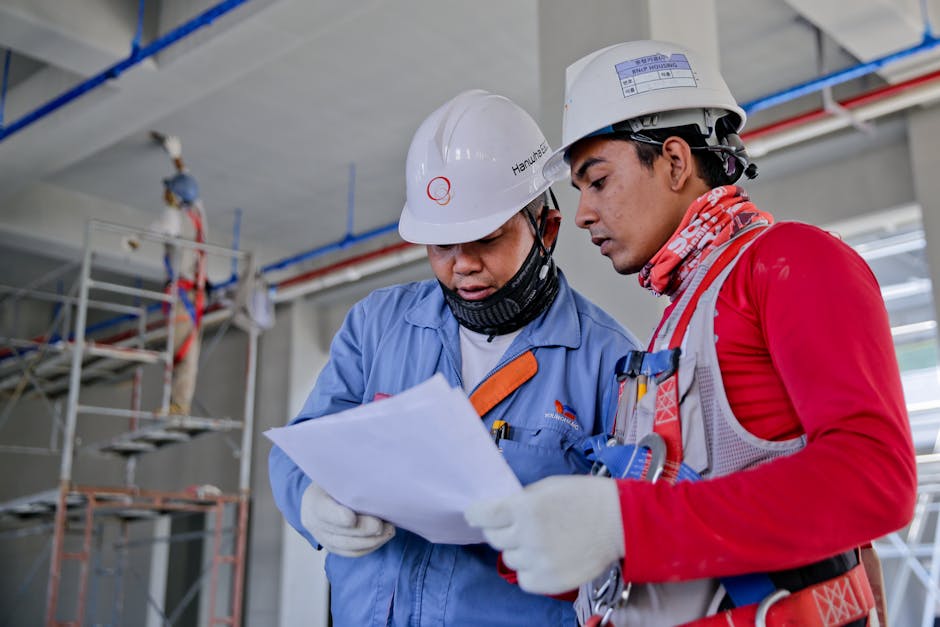 Recognizing the Dynamics of Commercial Building
Recognizing the Dynamics of Commercial Building
Commercial construction is a vital market of the structure sector that concentrates on the building and construction of structures and frameworks that serve company and business objectives. This can include offices, shopping mall, restaurants, stockrooms, and other centers that cater to details organization functions. As city areas remain to broaden and develop, the need for industrial building projects is on the increase, considerably impacting regional economies and meeting the needs of expanding companies.
One of the vital features of business building is its complexity. These tasks often involve many stakeholders, including architects, designers, specialists, and governing bodies. This diverse team plays a crucial role in making sure that the building sticks to regional building codes, ecological regulations, and safety and security standards. Moreover, project supervisors need to effectively collaborate these different parties to guarantee that the job stays on schedule and within budget plan.
An additional essential element of commercial construction is the combination of modern innovation and sustainable practices. The market has seen a change towards using advanced building and construction methods such as Building Information Modeling (BIM) and prefabrication, which can simplify processes and lower waste. In addition, numerous industrial jobs are now created with sustainability in mind, integrating energy-efficient systems and materials that intend to minimize environmental influence. This expanding focus on sustainability is not simply helpful for the world; it likewise fulfills the raising needs of customers and services for eco-friendly rooms.
The financial ramifications of commercial construction are significant also. These tasks generally require substantial financial investment, and comprehending funding alternatives is necessary for designers and service providers. From conventional small business loan to public-private collaborations, numerous funding systems can influence the viability of a project. Furthermore, changes in the economic situation can likewise affect the industrial building and construction market, as organizations might postpone or increase their development prepares based on financial forecasts.
To conclude, industrial building is an ever-evolving market that plays a vital role in shaping the facilities of our urban settings. With its inherent intricacy and reliance on collaboration amongst numerous stakeholders, effective job monitoring is essential. The incorporation of technology and sustainability techniques is steering the market toward an extra efficient and responsible future. As need for commercial rooms remains to expand, comprehending the intricacies of this field is necessary for those involved in or getting in the field.